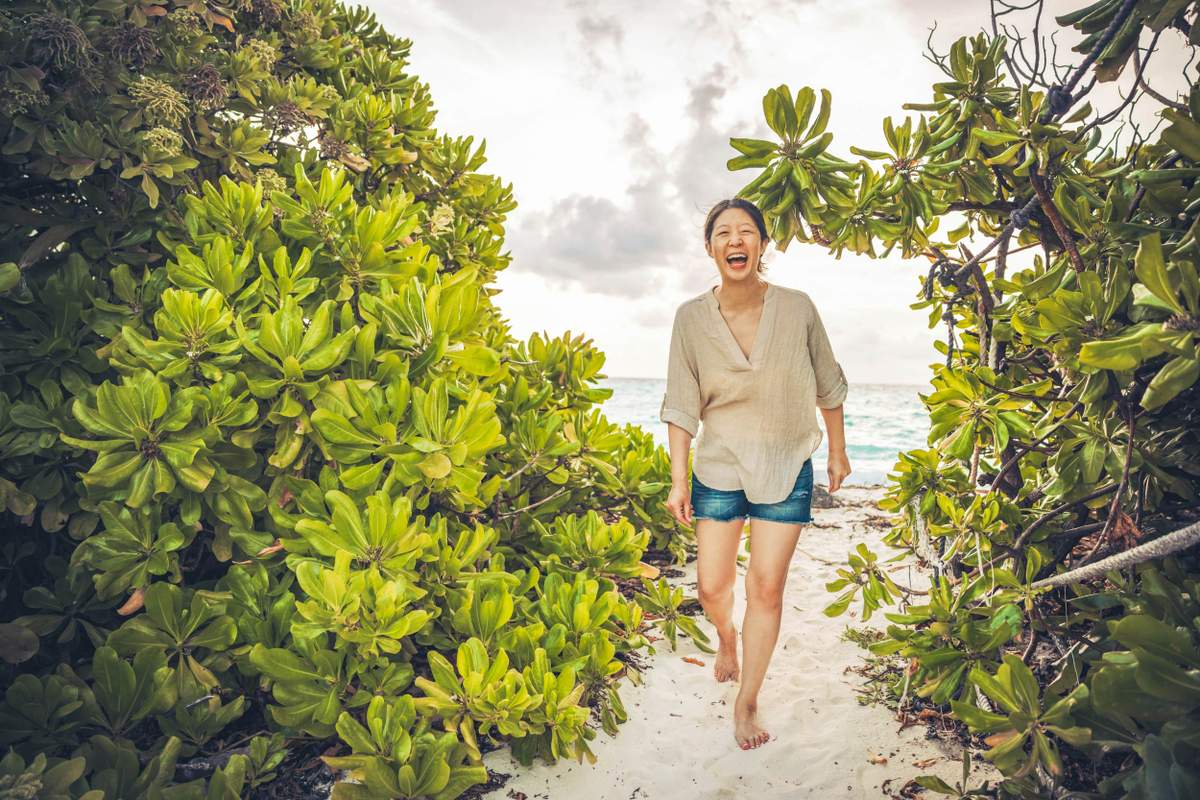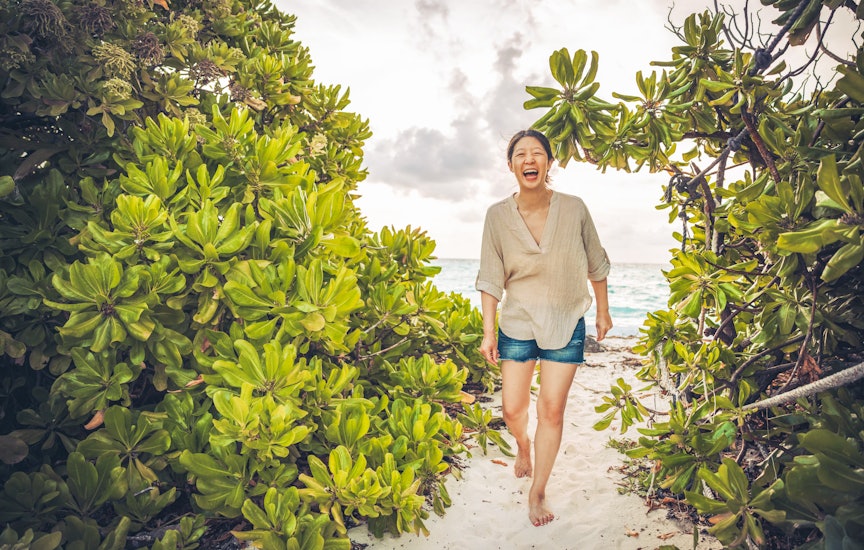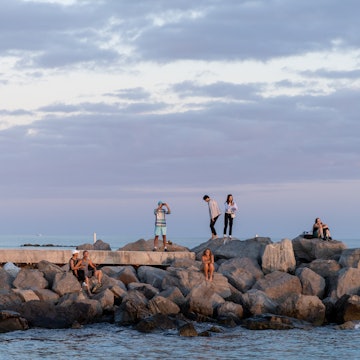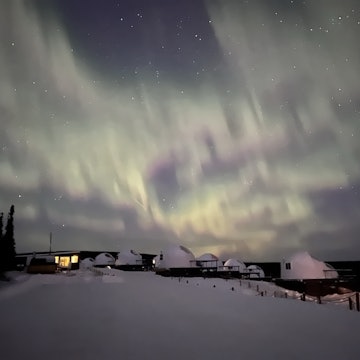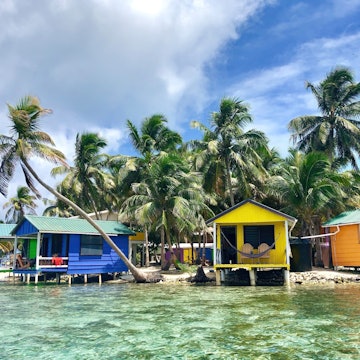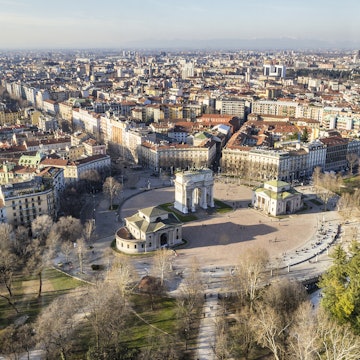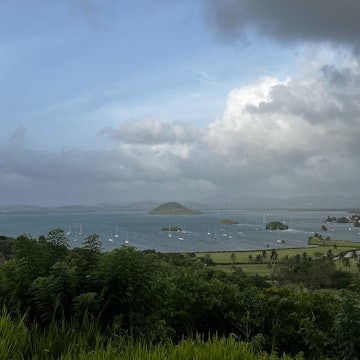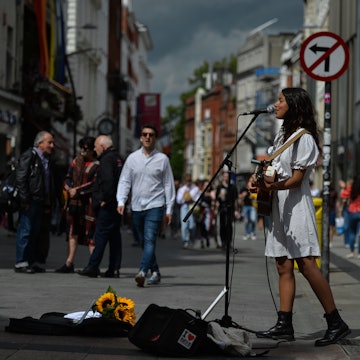

Underwater in the Maldives. Baros Maldives
As you approach the Maldives by plane, your eyes will meet a kaleidoscopic array of islands ringed by cerulean lagoons, strung with boardwalks supporting overwater bungalow resorts. But if you’ve traveled all the way to this corner of the Indian Ocean to snorkel or dive, then you might already know that the Maldives’ real treasures await beyond the reef, in the deeper shades of blue.
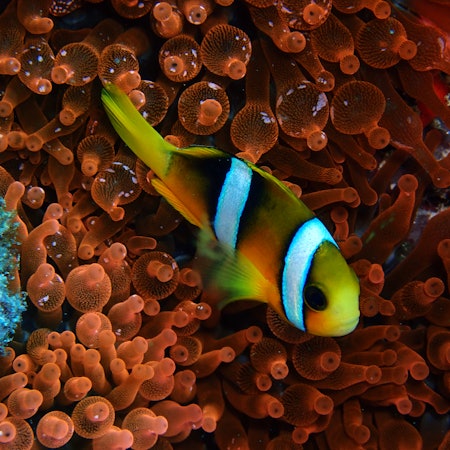

A history of diving in the Maldives
Today, the Maldives has a reputation for over-the-top luxury – think underwater restaurants and private waterslides that drop you straight into the ocean – but before resorts started popping up across the various archipelagos, the destination was beloved by divers. Since the 1970s, when resorts first began to pop up in the Maldives, marine life enthusiasts have been coming to snorkel and dive in the various underwater environs, from cleaning stations that attract sea turtles to mysterious bays frequented by manta rays and, if you’re lucky, the wandering whale shark.
In the beginning, resorts like Baros, one of the oldest in the Maldives, which opened in 1973, catered to divers who were content to sleep in bunks with the bare essentials just for the privilege of staying on an uninhabited island mere meters away from the reef. While new resorts continually emerge and the originals have steadily upgraded to appeal to honeymooners, access to crystal-clear water and the vibrant colors of the marine biome have always been the best reasons to visit the Maldives.
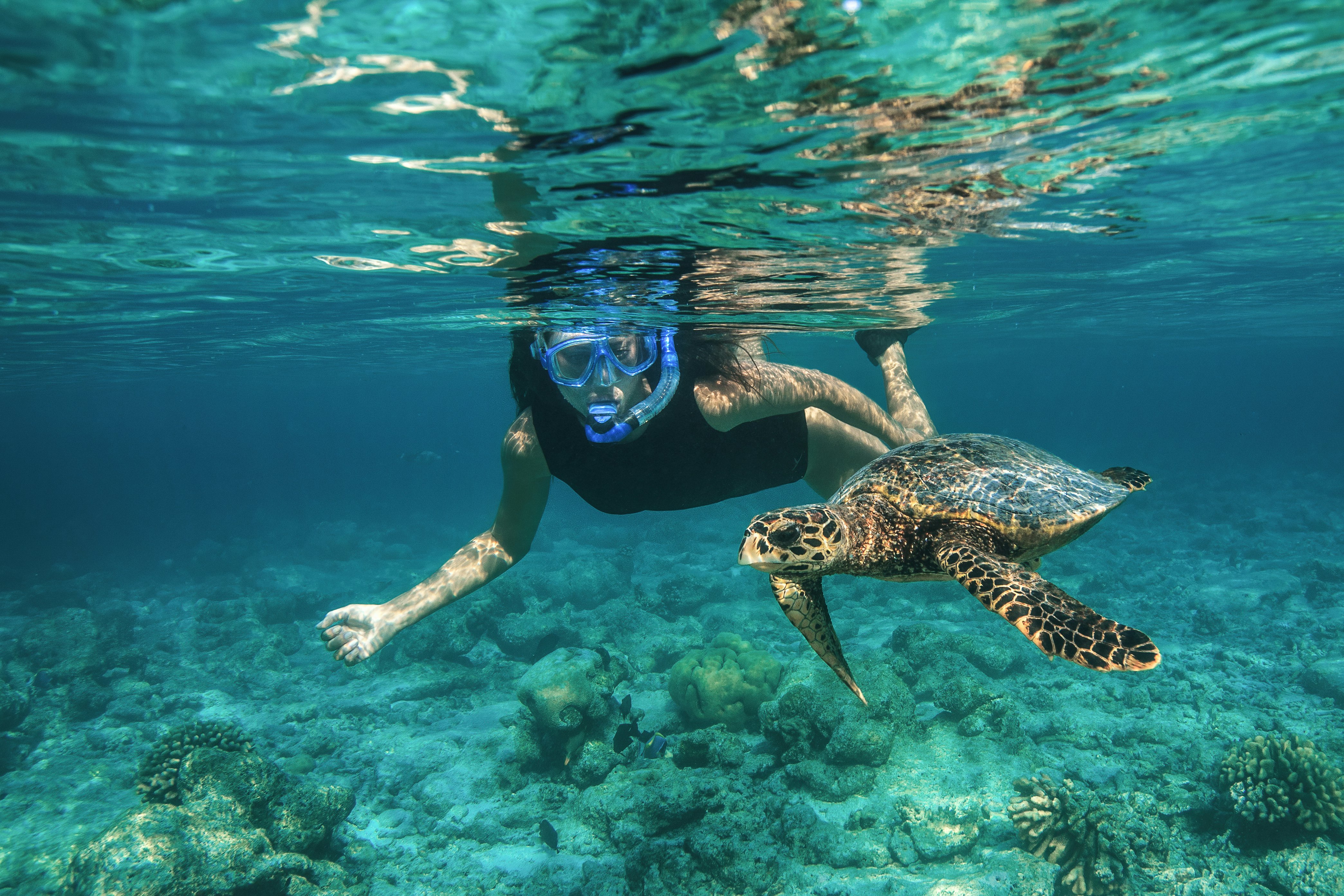
The best places to snorkel and dive in the Maldives
With thousands of islands and atolls, the number of incredible diving and snorkeling sites in the Maldives may truly be uncountable, but there are a few premier locations worth highlighting.
Hanifaru Bay, Baa Atoll
As filter feeders, massive manta rays – whose wingspans can reach up to 26 feet – tend to congregate wherever they can find large amounts of plankton. On the southeastern part of the Baa Atoll, this keyhole-shaped bay overlooks a deep channel separating two islands, creating a plankton buffet close to the surface that on a good day can attract up to hundreds of manta rays. The popular site is strictly controlled and restricted to snorkeling only, with each group getting a maximum of 45 minutes to enjoy the site.
Maaya Thila, Ari Atoll
This underwater seamount, a submerged coral reef that rises from the sea floor, is part of a protected marine reserve. In a single dive, you can do a complete circle of the reef where you will see stunning coral overhangs, plenty of colorful fish, eels, white-tip sharks and sea turtles. This is also a site worth diving at night when nocturnal species like octopus are more active and the colors of the corals are more vibrant under the light of a flashlight.
Banana Reef, North Malé Atoll
With plenty to see at both 5 and 35 meters, this is an ideal site to spot mantas, stingrays, sharks and plenty of wrasse, which are tiny cleaner fish that attract the larger animals. Named for the banana-shaped pinnacle at its center, divers can float through an impressive underwater landscape with cliffs and overhangs, spotting barracuda, groupers and undulating schools of snapper. Not far from the main island of Malé, this is one of the oldest and most famous dive sites in the country.
You can compare dive centers and resorts on the PADI website, which will give you more information about each dive center’s certifications, as well as any courses they offer if you want to advance your level. If diving is the priority, pick your dive center, then plan the trip around that.


Where to stay for diving in the Maldives
The tourism setup in the Maldives is divided between local and resort islands. Islam is the state religion, so travelers staying on local islands will have to follow locals who prohibit the consumption of pork and alcohol and restrict western-style swimsuits (i.e., bikinis) to designated beaches. Meanwhile, liveaboards cater to serious scuba divers who want to visit multiple sites and dive all day long.
Resorts
There are over 200 resorts to choose from in the Maldives, each located on its own private island. For experienced snorkelers, this means freedom to explore the house reef for as long as they like, but divers should choose their resort based on proximity to their dream dives. Some house reefs are better than others, such as Baros, a known hotspot for blacktip sharks. If you’re dreaming of mantas at Hanifaru Bay, Milhaidhoo is a fantastic resort in the Baa Atoll. It also offers the rare opportunity of diving off the dhoni, a traditional Maldivian wooden boat. Resorts like these have prominent activity centers with experienced guides who can help you spot animals and arrange excursions beyond the resort.
Liveaboards
For serious divers, a liveaboard is the best way to pack as many dives into your Maldives trip as possible. Trips range from 7-14 days, and itineraries – which you can compare on websites like LiveAboard.com – focus on particular atolls, but the advantage of being on a boat is that you’ll always be moving and brought to the best sites. Your guides can also react in real time to adapt to animal sightings, and you can dive up to three times a day. Note that some liveaboards require advanced certification.
Local islands
Affordable guesthouses are the way to go if you’re traveling the Maldives on a budget, but you won’t have as much freedom as on a resort. You can find a guesthouse on the main island, which will save you the cost of a seaplane ticket, but if you’re coming all this way, you might as well travel to an island like Fulhadoo in the Baa Atoll, where you can arrange your dive and snorkel excursion with a local tour operator. If you want a taste of real Maldivian culture, a local island is the way to go, although some resorts like Milaidhoo also work this into their guest experience with special excursions to the closest island.

What is the best time to snorkel and scuba dive in the Maldives?
There’s no bad time to snorkel and scuba dive in the Maldives, as you are always guaranteed to see plenty of marine life and have ideal water temperatures. However, monsoons affect the Maldives year-round, and are more concentrated in certain regions depending on the time of the year. As a general rule, you should stay in the western islands during the dry season (December to April) and the eastern islands during the wet season (May to November). The winds drive plankton to the opposite side of the country, drawing the filter feeders like mantas and whale sharks. If you’re digging for deals, though, the best time to visit the Maldives might be the low season between April and August, when the weather is a bit rainier – although this could affect visibility in the water, so if marine life is your priority, go for the high season months of October and November when skies are clear.
What to pack for snorkeling and scuba diving in the Maldives
Located near the equator in the Indian Ocean, the Maldives is hot and humid with year-round temperatures averaging between 80 and 90ºF. Water temperatures peak in April around 85ºF, but stay steadily above 80°F all year long, so you won’t need a wetsuit to dive, but a rashguard is recommended as there can be stinging plankton that can irritate your skin. This also provides extra sun protection from the strong UV rays, for which you will also need to pack plenty of reef-safe sunscreen. If you’re staying on a resort island, shops have a limited selection of toiletries, so bring everything.
Consider what you might need for a long day out on the water: seasickness medication, protein bars and electrolytes for that extra boost of hydration. Most resorts have snorkeling gear and fins available for rent, but you’re of course free to bring your own equipment. Even if you don’t think you’ll want to take photos underwater, do yourself a favor and invest in a good underwater phone case anyway; you’ll be glad you did.






